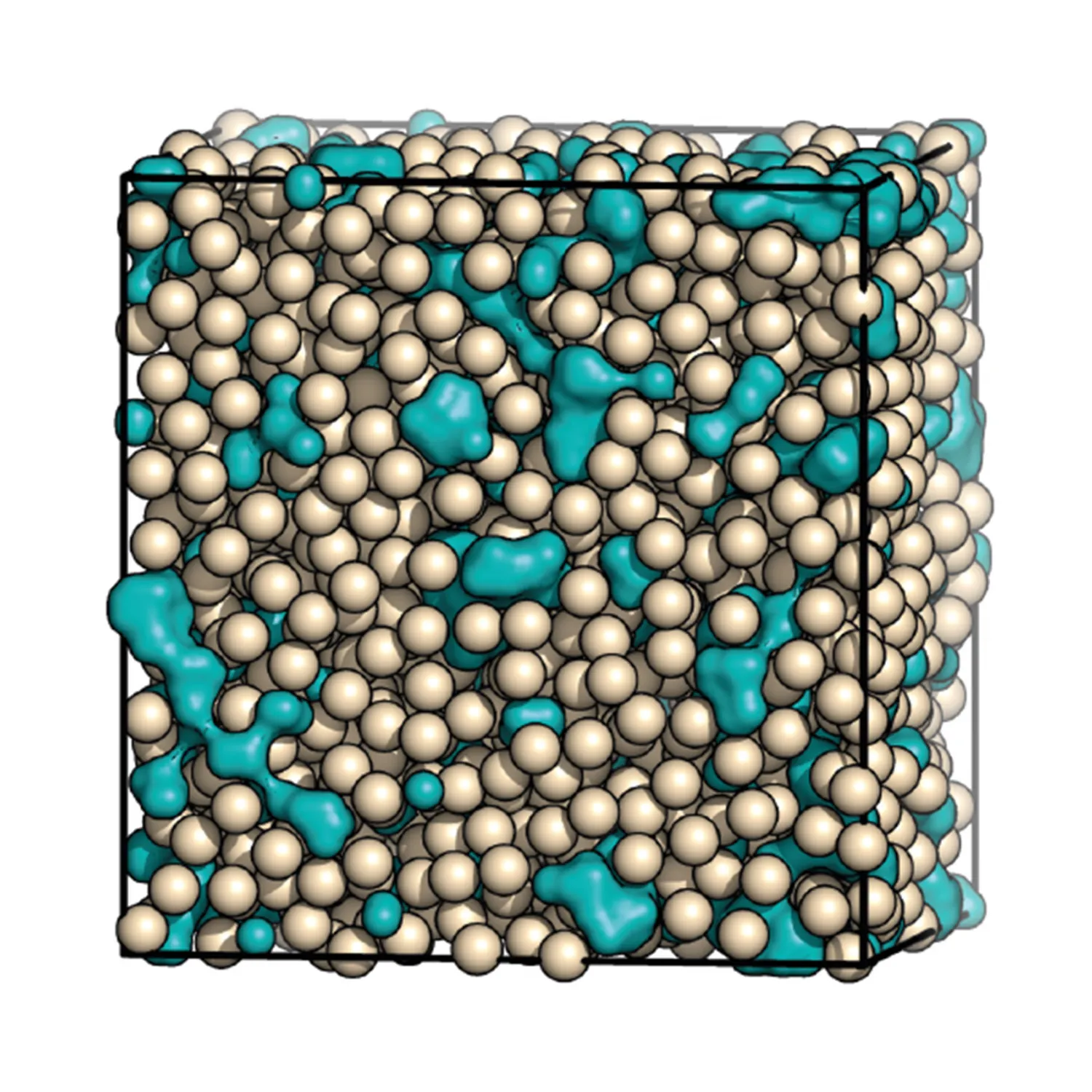Qualifications
MSc (Utrecht); PhD (Utrecht)
Academic background
In 2001 I completed my MSc at the University of Utrecht, graduating cum laude, having received a VNCI Scholarship (Association of the Dutch Chemical Industry, 1997, 1998). I received the Unilever Research Prize 2001 for my MSc thesis. In 2005 I was awarded my PhD (cum laude, University of Utrecht). I received a DSM award for Chemistry and Technology (2005), the PUG prize (Provincial Fellowship of Utrecht, 2006) and the Andries Miedema Prize (2007). Between 2005 and 2006 I held the Marie Curie Intra-European Fellowship at the Laboratoire de Physique Statistique of the Ecole Normale Supérieure.
In 2007 I took up a lecturership at the Physical and Theoretical Chemistry Laboratory at the University of Oxford, combined with a Studentship at Christ Church. I was made full professor in 2013, and between 2015 and 2018 I was the coordinator for the European Innovative Training Network (ITN-ETN) called ‘DiStruc’, managing five academic and four industrial nodes, with 15 PhD students in total.
Today I am Senior Censor and a Tutor in Physical Chemistry at Christ Church, and I lead the Oxford Colloid Group.
Undergraduate teaching
I am a Tutor in Physical Chemistry.
Research interests
Interfaces are ubiquitous in nature and have attracted the interest of scientists since many centuries. Besides a fundamental drive much research in interfaces is motivated by technology and industry, where understanding interfacial behaviour is of key importance. We aim at a better understanding of interfaces by studying colloidal interfaces. Recent developments in colloid science, which include new chemical synthesis techniques that allow exquisite control over the size, shape and interaction of particles and new physical measurement techniques such as confocal microscopy and laser tweezers, have opened up a host of exciting opportunities to study interfaces with unprecedented accuracy and control. In particular, we combine the above techniques with microfluidics, where fluids can be manipulated on a microscopic scale, and length- and timescales are most compatible with colloidal interfaces.
Featured publications
A. L. Thorneywork, J.L. Abbott, D.G.A.L. Aarts, and R.P.A. Dullens, Two-Dimensional Melting of Colloidal Hard Spheres, Phys. Rev. Lett. 118, 158001 (2017)
C. Rascón, A.O. Parry, and D.G.A.L. Aarts, Geometry-induced capillary emptying, PNAS 113, 12633 (2016)
I.C. Garlea, P. Mulder, J. Alvarado, O. Dammone, D.G.A.L. Aarts, M.P.Lettinga, G.H. Koenderink, B.M. Mulder, Finite particle size drives defect-mediated domain structures in strongly confined colloidal liquid crystals, Nat. Comm. 7, 12112 (2016)
Y. Gao, A.K. Balin, R.P.A. Dullens, J.M. Yeomans, and D.G.A.L. Aarts, Thermal Analog of Gimbal Lock in a Colloidal Ferromagnetic Janus Rod, Phys. Rev. Lett. 115, 248301 (2015)
S.A. Setu, R.P.A. Dullens, A. Hernandez-Machado, I. Pagonabarraga, D.G.A.L. Aarts, and R. Ledesma-Aguilar, Superconfinement tailors fluid flow at microscales, Nat. Comm. 6, 7297 (2015)




